If you were standing in the forest that is now Pueblo Mountain Park 200 years ago, chances are you’d be in a place that had recently burned. Historically, ponderosa pine forests experienced a cool ground fire, usually started by lightning, every 5-10 years. It was a “cool” fire because it pretty much stayed on the ground burning grasses, forbs and shrubs, including most young ponderosa pines. The thick bark of the mature ponderosa pines could handle the scorching, and the lack of lower branches prevented the fire from working its way up into the canopy. Fire was the tool that Nature used to keep ponderosa pine forests open with relatively few trees and lots of grasses.
 When settlers arrived in the West, they brought with them a European approach to managing forests, which lacked an understanding of the important role that fire played in many forest types. Anytime lightning would ignite a fire, every effort was made to to put it out. Over time, this approach led to ponderosa forests becoming wildly overgrown, and the combination of more shade from more trees and, often times, livestock grazing, the grasses that would carry a fire across the forest floor disappeared. In their place grew more and more trees and shrubs, which meant more and more fuel for catastrophic fires that burn up through the forest canopy and everything else in their path. Pueblo Mountain Park was a good example of such a forest.
When settlers arrived in the West, they brought with them a European approach to managing forests, which lacked an understanding of the important role that fire played in many forest types. Anytime lightning would ignite a fire, every effort was made to to put it out. Over time, this approach led to ponderosa forests becoming wildly overgrown, and the combination of more shade from more trees and, often times, livestock grazing, the grasses that would carry a fire across the forest floor disappeared. In their place grew more and more trees and shrubs, which meant more and more fuel for catastrophic fires that burn up through the forest canopy and everything else in their path. Pueblo Mountain Park was a good example of such a forest.
 Over the past 15 years, many efforts have been made to return the park’s forests to a more natural condition – less trees, less understory that could bring a ground fire into the canopy, and more grasses. Much progress has been made, as a good portion of the eastern third of the park now more closely resembles what a healthy ponderosa forest should look like.
Over the past 15 years, many efforts have been made to return the park’s forests to a more natural condition – less trees, less understory that could bring a ground fire into the canopy, and more grasses. Much progress has been made, as a good portion of the eastern third of the park now more closely resembles what a healthy ponderosa forest should look like.
If you’ve been wondering what the recent tree cutting is all about, it is our next step in reducing the park’s vulnerability to a catastrophic fire. All of the current tree cutting is taking place directly along the park roads. A road, lacking fuel, is a fire break that could effectively stop a fire moving along the forest floor. Our current efforts are meant to bring the potential of breaking the path of a fire into the upper part of the forest by opening up a gap in the tree canopy. If a fire were moving through the crowns of the trees, the gap we are currently enhancing stands a better chance of stopping it. It also gives firefighters a good place to “take a stand” in the case of a fire moving through the park.
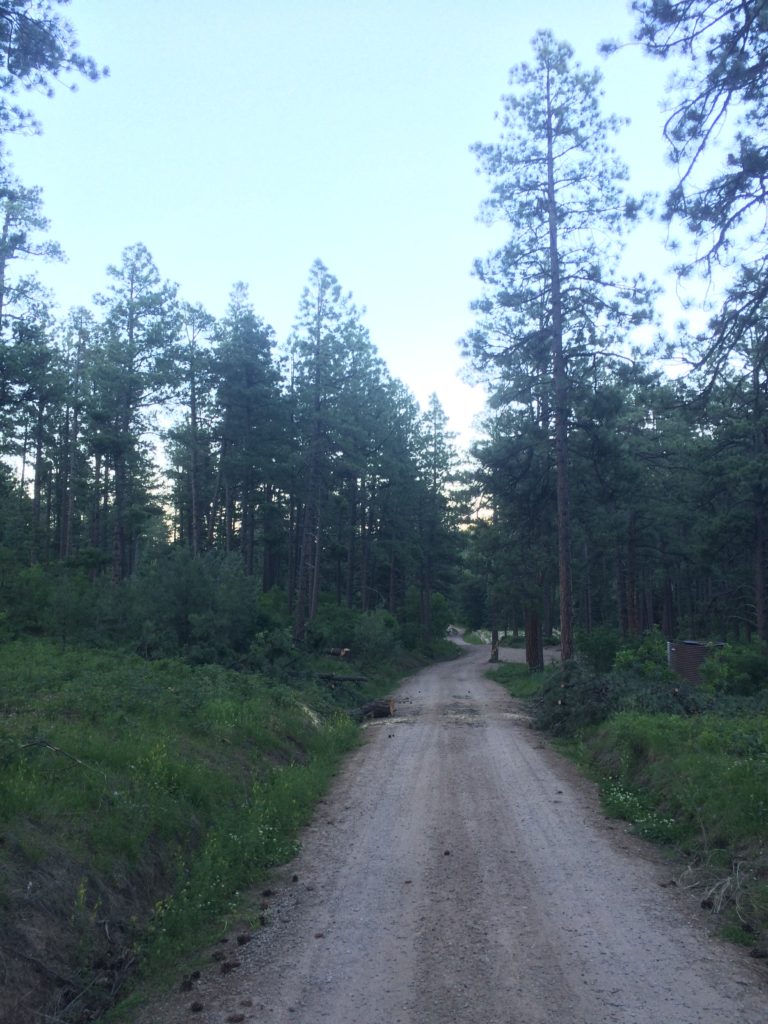 As an added benefit, the removal of these trees will increase the amount of snow that reaches the park roads, which we close off in the winter, which will make for better snowshoeing and cross-country skiing. And, the wood we get from the trees will be burned in the Horseshoe Lodge’s biomass boilers to heat the lodge, saving the burning of thousands of gallons of fossil fuels.
As an added benefit, the removal of these trees will increase the amount of snow that reaches the park roads, which we close off in the winter, which will make for better snowshoeing and cross-country skiing. And, the wood we get from the trees will be burned in the Horseshoe Lodge’s biomass boilers to heat the lodge, saving the burning of thousands of gallons of fossil fuels.
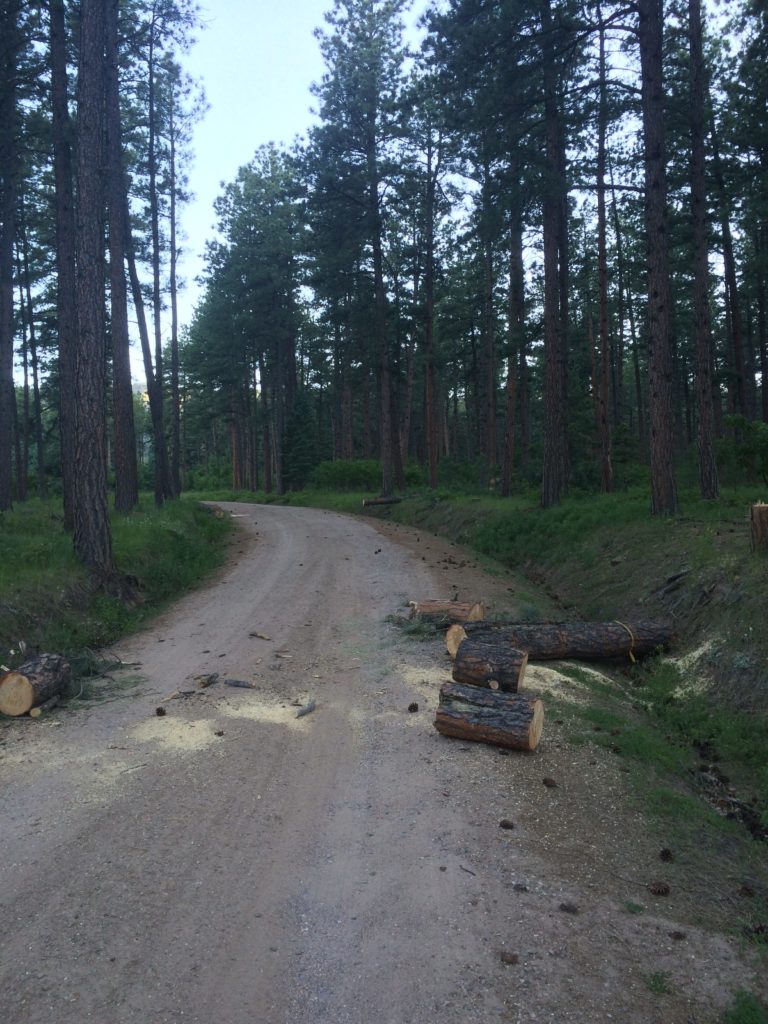
So, please excuse the temporary mess – we will soon be removing the remaining branches as we’ve arranged to have use of the City of Pueblo’s huge chipper in July. When this project is done, we all will have a safer, healthier and better Pueblo Mountain Park.
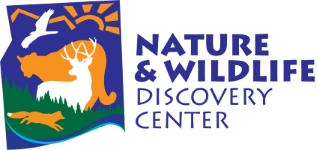


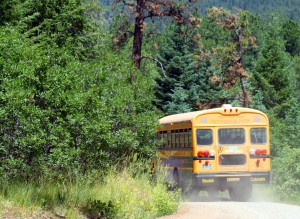 MPEC has always dealt with bumps and challenges – not unusual for any business, and especially so for the non-profit sector lately. Like in 2002, when the the school district suddenly initiated a new policy not allowing students to be transported in 15-passenger vans, a month before school started and we had just raised the money to start a new program, Earth Studies, which would utilize vans for transportation. (So, we found the money, bought an old bus, and got CDLs so we could drive the bus). Or in 2007, when we learned that the initial estimate of $650,000 to renovate the Horseshoe Lodge was off by about a million dollars. (So, we raised another million dollars.) Or in 2013, when the basement of the lodge flooded with 6″ of muddy water during a heavy rainstorm, and then, after cleaning it all up, it flooded again three weeks later. (So, we came up with a flood mitigation plan, wrote a successful grant proposal to pay for the project, and so far no more floods.) And a hundred more bumps…
MPEC has always dealt with bumps and challenges – not unusual for any business, and especially so for the non-profit sector lately. Like in 2002, when the the school district suddenly initiated a new policy not allowing students to be transported in 15-passenger vans, a month before school started and we had just raised the money to start a new program, Earth Studies, which would utilize vans for transportation. (So, we found the money, bought an old bus, and got CDLs so we could drive the bus). Or in 2007, when we learned that the initial estimate of $650,000 to renovate the Horseshoe Lodge was off by about a million dollars. (So, we raised another million dollars.) Or in 2013, when the basement of the lodge flooded with 6″ of muddy water during a heavy rainstorm, and then, after cleaning it all up, it flooded again three weeks later. (So, we came up with a flood mitigation plan, wrote a successful grant proposal to pay for the project, and so far no more floods.) And a hundred more bumps…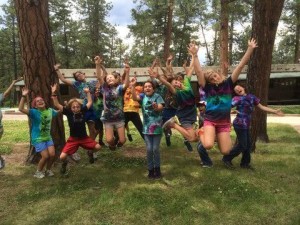 been challenging administratively the last couple of years, but our campers and students haven’t an inkling of it. If you were a 5th grader participating in our Earth Studies program, or a summer camper during the last couple of years, it would not have been bumps but animal tracks, birds, trees, and other natural wonders that you would have been aware of. In spite of the bumps, MPEC’s programs continue to do our most important work – connect people, especially young people, to Nature.
been challenging administratively the last couple of years, but our campers and students haven’t an inkling of it. If you were a 5th grader participating in our Earth Studies program, or a summer camper during the last couple of years, it would not have been bumps but animal tracks, birds, trees, and other natural wonders that you would have been aware of. In spite of the bumps, MPEC’s programs continue to do our most important work – connect people, especially young people, to Nature.
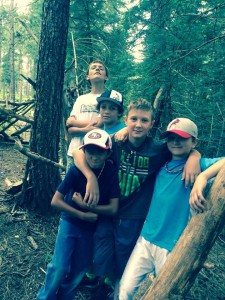
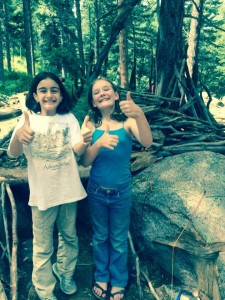 I remember my summers as a child. I grew up in New York City, but the last day of school meant that the next day we would head out to eastern Long Island in a packed Rambler station wagon to spend the summer in the country. Fishing, exploring the swamp behind our house, building tree houses, climbing trees, swimming and being at the beach, riding my bike (my Dad had my family’s one car during the week working back in the city, so my Mom and four siblings lived carless all week). Fast forward a few decades…much of my life’s work has been providing opportunities for young people to be outdoors, to experience the joys of
I remember my summers as a child. I grew up in New York City, but the last day of school meant that the next day we would head out to eastern Long Island in a packed Rambler station wagon to spend the summer in the country. Fishing, exploring the swamp behind our house, building tree houses, climbing trees, swimming and being at the beach, riding my bike (my Dad had my family’s one car during the week working back in the city, so my Mom and four siblings lived carless all week). Fast forward a few decades…much of my life’s work has been providing opportunities for young people to be outdoors, to experience the joys of 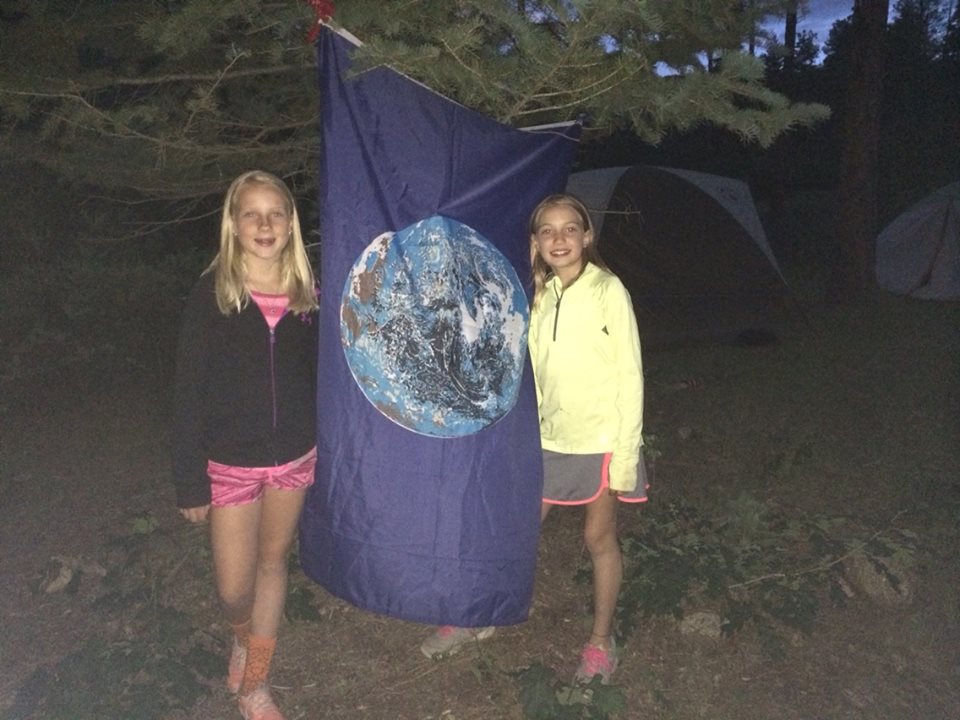 Nature, away from the City for awhile. One way we do that at MPEC is our summer camp program. I am proud that this summer, over 100 young people got to do just that. Here are a few photos from our Mountain Adventure Camp. On a related note, please check out this
Nature, away from the City for awhile. One way we do that at MPEC is our summer camp program. I am proud that this summer, over 100 young people got to do just that. Here are a few photos from our Mountain Adventure Camp. On a related note, please check out this 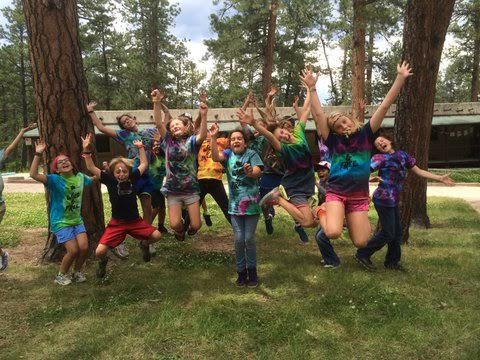 t that deficit. Thanks so much!
t that deficit. Thanks so much!
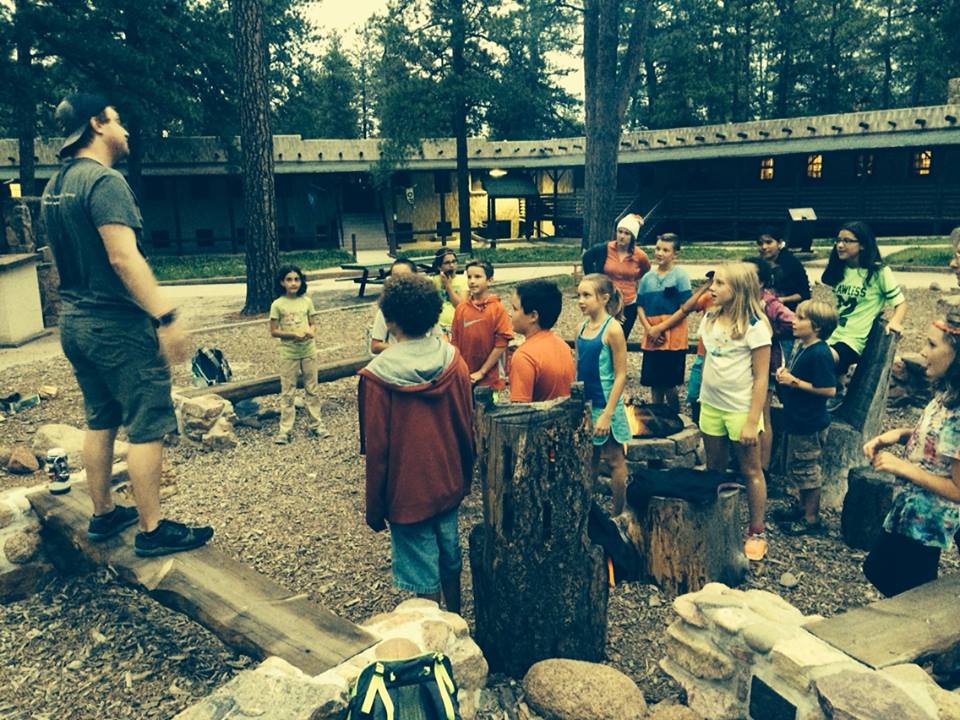
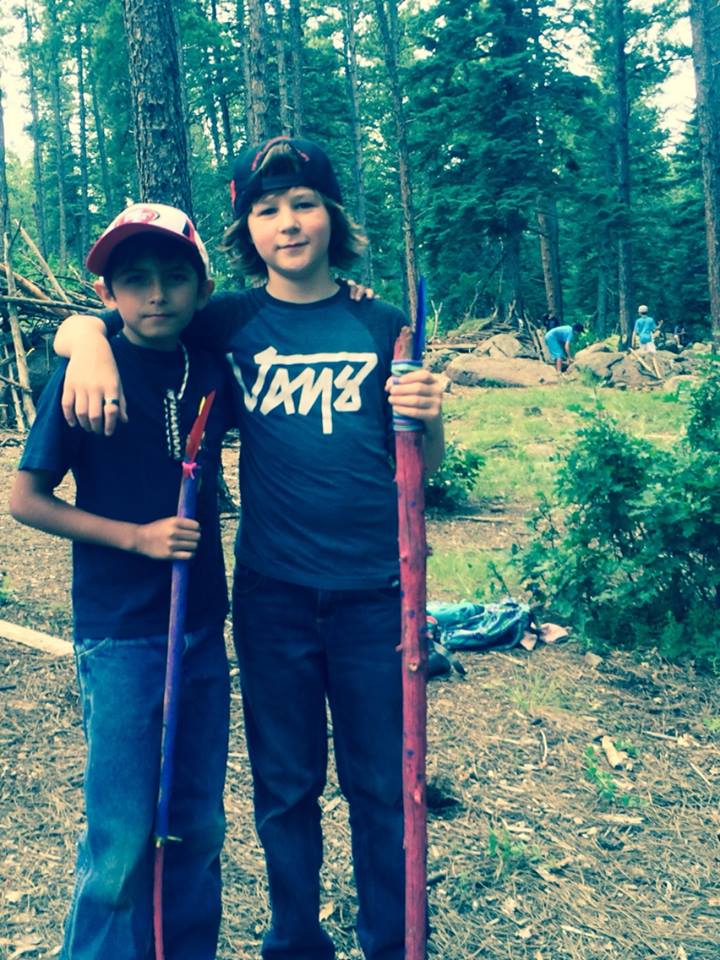
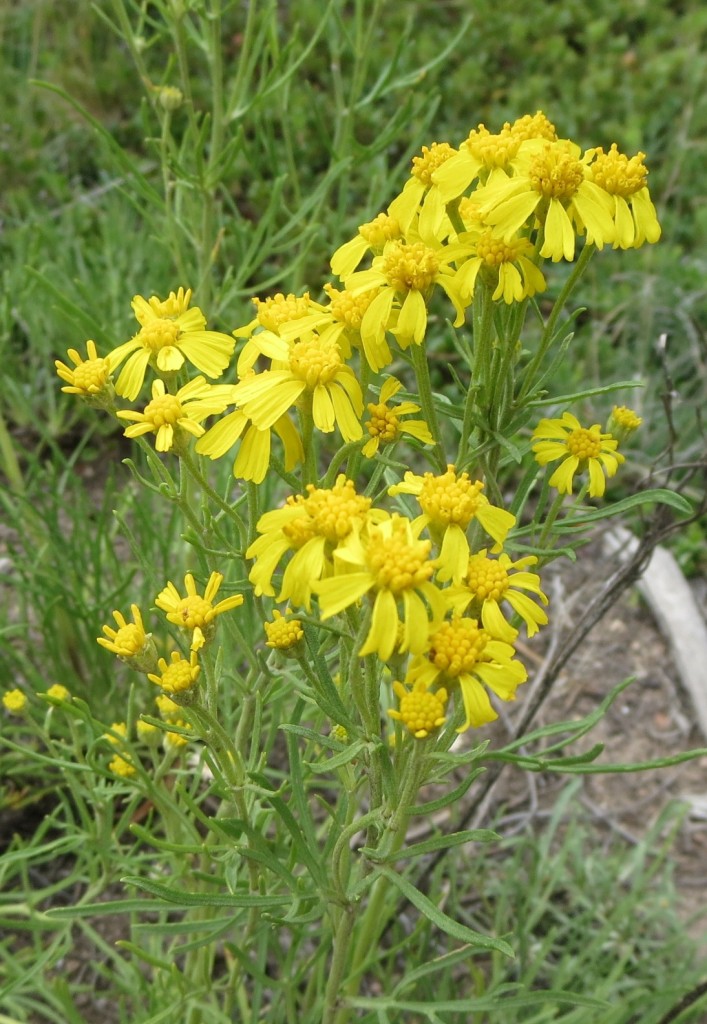
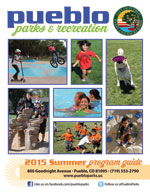
 ohn Muir’s life is an inspiration to all who love Nature and wilderness. His life is a model for how to learn about and love the natural world. Read this reprint from The Writer’s Almanac (http://writersalmanac.org/):
ohn Muir’s life is an inspiration to all who love Nature and wilderness. His life is a model for how to learn about and love the natural world. Read this reprint from The Writer’s Almanac (http://writersalmanac.org/): MPEC is excited to offer a great summer of camps. We love how MPEC provides so many children with precious summer days filled with Nature fun and life-long memories through our summer camps. We have camps available for children in Kindergarten, starting with our Little Kids Camps, all the way through 12th grade – Mission:Wolf Camp!
MPEC is excited to offer a great summer of camps. We love how MPEC provides so many children with precious summer days filled with Nature fun and life-long memories through our summer camps. We have camps available for children in Kindergarten, starting with our Little Kids Camps, all the way through 12th grade – Mission:Wolf Camp!